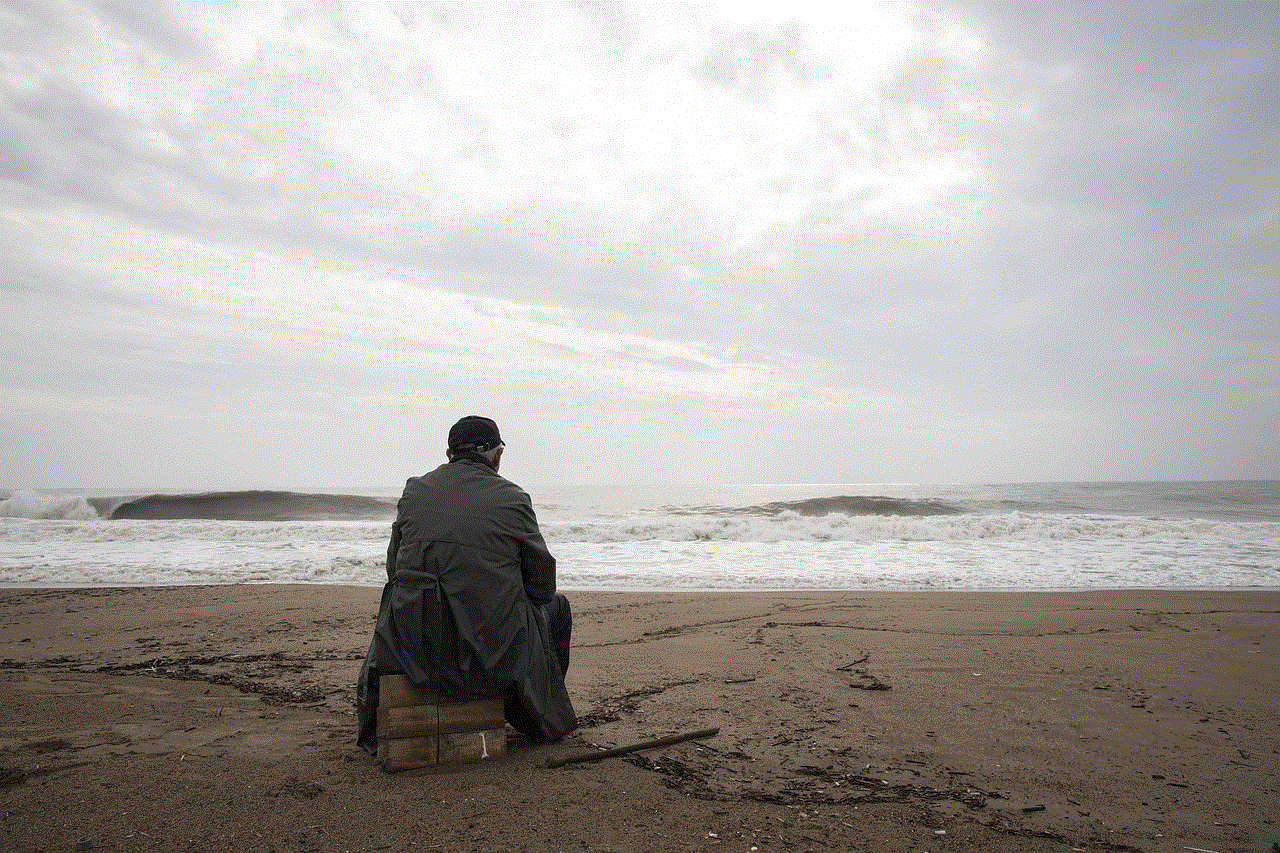age to watch rated r
# Understanding the Age to Watch Rated R Movies: A Comprehensive Guide
When it comes to cinema, the rating system is a crucial aspect that helps viewers decide which films are appropriate for them and their families. Among these ratings, the “Rated R” classification often generates the most discussion and debate. This article will explore the intricacies of the Rated R classification, the implications of this rating, and the appropriate age to watch such films, along with the societal and cultural contexts surrounding these ratings.
## What Does Rated R Mean?
The Motion Picture Association (MPA) assigns ratings to films based on their content, and the “R” rating stands for “Restricted.” This means that parents are strongly cautioned to provide proper supervision for children under 17. The film may contain strong language, sexual content, graphic violence, or drug use. Unlike other ratings, such as PG-13 or PG, which allow for some leniency regarding parental guidance, the R rating is explicit in its warning: children under 17 should not attend without a parent or guardian.
The rationale behind the R rating is to protect younger audiences from content that may be inappropriate for their age. However, what is considered inappropriate can vary significantly from one culture to another and even among individuals within the same culture. This subjectivity raises questions about who should ultimately decide what age is suitable for watching R-rated films.
## The Cultural Context of R-Rated Films
The cultural context surrounding R-rated films plays a significant role in determining the appropriate age for viewing. In some cultures, explicit content is more accepted, and children might be exposed to such material earlier on. Conversely, in more conservative societies, R-rated content may be viewed as highly inappropriate for anyone under the age of 18.
As globalization increases, viewers are exposed to a wider array of cinematic styles, themes, and narratives. Films from different countries may push boundaries in ways that challenge traditional standards for what is deemed appropriate. For instance, a film that is rated R in the United States might receive a different rating in a country with looser standards regarding violence or sexuality. This disparity complicates the question of what age is appropriate to watch R-rated content.
## Psychological Development and Media Consumption
Understanding the psychological development of children and adolescents is crucial in determining the appropriate age for watching R-rated films. Developmental psychology suggests that children process information differently at various stages of growth. For instance, younger children are typically more impressionable and may struggle to differentiate between fantasy and reality. Exposure to graphic violence or sexual content can lead to confusion, fear, or desensitization.
As children reach their teenage years, they undergo significant emotional and cognitive development. This stage often involves a desire for independence and a quest for identity. Teenagers may seek out R-rated films as a means of exploring complex themes such as love, loss, and morality. However, just because adolescents are drawn to these themes does not necessarily mean they are emotionally equipped to handle the content presented in R-rated films.
Research indicates that exposure to media violence can influence behavior, particularly in younger audiences. For this reason, parents and guardians must carefully consider not only their child’s age but also their emotional maturity and ability to process complex themes before allowing them to watch R-rated films.
## The Role of Parental Guidance
Parental guidance is a critical factor in determining whether a child or teenager should watch R-rated films. The MPA’s rating system emphasizes that parents should take an active role in their children’s media consumption. This means not only supervising what films their children watch but also engaging in conversations about the content.
Parents can play an essential role in contextualizing the themes and messages presented in R-rated films. For example, discussing the implications of violence or the realities of drug use can help children and teenagers develop critical thinking skills and a better understanding of the world around them. Furthermore, these discussions can create a safe space for children to express their thoughts and feelings about what they have seen, allowing for a deeper understanding of complex issues.
## The Impact of Peer Influence
As children transition into their teenage years, peer influence becomes a significant factor in their media consumption choices. Adolescents are often motivated to watch R-rated films to fit in with their peers or to appear more mature. This social pressure can lead to viewing content that they may not be emotionally ready for, which can have lasting effects.
Peer influence is particularly strong in the age group of 13 to 17, where the desire for acceptance and belonging is heightened. Teens may feel compelled to watch R-rated films to be part of discussions or social gatherings where these films are the topic of conversation. This desire for social validation can sometimes override their own feelings of discomfort or uncertainty about the content.
Parents should be aware of the significant impact of peer influence and encourage open dialogues about media consumption. This can include discussing why certain films may not be suitable for their emotional maturity, despite the pressures they may feel from friends.
## The Argument for Earlier Exposure
Some argue that allowing younger audiences to watch R-rated films can be beneficial for their development. Proponents of this viewpoint suggest that exposure to diverse narratives and complex themes can foster empathy and understanding. By engaging with content that tackles difficult subjects, children and teenagers can learn to navigate the moral complexities of the world around them.
Films often serve as a mirror to society, presenting issues such as prejudice, violence, and mental health in a way that can stimulate meaningful conversations. When handled thoughtfully, watching R-rated films can provide opportunities for parents and children to connect over shared experiences and foster critical discussions about societal norms and values.
However, this argument hinges on the idea that the content is approached with care and that parental guidance is present. Without this framework, exposure to R-rated content can lead to negative outcomes, including desensitization to violence or skewed perceptions of relationships and sexuality.
## The Evolution of Cinema and Ratings
The landscape of cinema is constantly evolving, and so too are the standards for what constitutes appropriate content for different age groups. The film industry has seen a significant shift in recent years, with many filmmakers pushing the boundaries of storytelling to address contemporary issues. This evolution raises questions about the effectiveness of the current rating system and whether it adequately reflects the complexities of modern cinema.
For instance, some films that receive an R rating may contain artistic merit and valuable social commentary, while others may seem gratuitous in their violence or sexual content. As audiences become more discerning, the conversation surrounding film ratings continues to evolve, challenging the traditional notions of appropriateness based on age alone.
## The Future of Film Ratings
As society becomes more progressive and diverse, the conversation around film ratings is likely to shift. There is a growing movement advocating for a more nuanced approach to ratings that considers context, intent, and the emotional maturity of viewers. This may lead to the development of new categories or systems that provide clearer guidelines for parents and audiences.
Additionally, the rise of streaming platforms has changed how films are consumed and discussed. With greater access to a wide range of content, including R-rated films, viewers are faced with new challenges in navigating what is suitable for themselves and their families. The role of technology in shaping media consumption patterns will continue to influence discussions about age-appropriate viewing.
## Conclusion: Finding the Right Age
Determining the appropriate age to watch R-rated films is not a one-size-fits-all answer. It involves a careful consideration of individual maturity levels, cultural context, and parental guidance. While the MPA provides a framework for understanding the potential content within R-rated films, it is ultimately up to parents and guardians to make informed decisions based on their child’s emotional and cognitive development.
The conversation about age-appropriate viewing is multifaceted and requires ongoing dialogue between parents, children, and society as a whole. By fostering open discussions about media consumption and the implications of R-rated content, we can better equip younger audiences to navigate the complexities of film and, by extension, the world around them.



As movies continue to evolve, so too must our understanding of what makes content suitable for different age groups. By embracing thoughtful engagement with films, we can foster a generation of viewers who are not only informed but also empathetic and critical thinkers.
how to watch sensitive content on twitter
# How to Watch Sensitive Content on Twitter : A Comprehensive Guide
Twitter is one of the most popular social media platforms in the world, serving as a hub for news, entertainment, and personal expression. However, with its vast array of content, users often encounter sensitive material that may not be suitable for all audiences. Whether it’s graphic images, adult content, or discussions surrounding controversial topics, understanding how to navigate these sensitive areas on Twitter is essential. This article will provide you with a comprehensive guide on how to watch sensitive content on Twitter while ensuring a safe and comfortable experience.
## Understanding Sensitive Content
Before diving into how to watch sensitive content on Twitter, it is crucial to understand what constitutes “sensitive content.” Twitter defines sensitive content as anything that may be disturbing or inappropriate for some users. This includes, but is not limited to, graphic images, depictions of violence, adult content, and tweets that discuss sensitive topics like mental illness or self-harm. Twitter aims to create a safe environment for its users, so it offers features that allow users to manage their experience with sensitive content.
## Adjusting Your Content Settings
Twitter provides users with the option to adjust their settings to control the visibility of sensitive content. To do this, follow these steps:
1. **Log into your Twitter account.**
2. **Go to ‘Settings and privacy’:** Click on your profile picture or the “More” option in the sidebar menu to access the settings.
3. **Select ‘Privacy and safety’:** Here, you will find options to manage your account’s privacy settings.
4. **Adjust ‘Content you see’:** Under this section, you can check or uncheck the box labeled “Mark media you Tweet as containing material that may be sensitive.” This allows you to toggle whether or not you want to see sensitive content in your feed.
By adjusting these settings, you will have more control over the types of content that appear in your feed, helping you to curate a more tailored Twitter experience.
## Discovering Sensitive Content
If you are specifically looking to explore sensitive content on Twitter, there are several ways to discover it. One effective method is by searching for specific hashtags that relate to the themes you’re interested in. For instance, hashtags such as #GraphicContent, #NSFW (Not Safe For Work), or #TriggerWarning can lead you to tweets that contain sensitive material. However, be mindful that engaging with such content can sometimes lead to emotional distress or discomfort, so proceed with caution.
Another method is to follow accounts that are known for sharing sensitive or graphic content. Many users and organizations specialize in this type of material, and by following them, you can stay updated on the latest posts. Just remember that engaging with sensitive content can have implications for your mental health, so it’s vital to take breaks and assess your emotional state regularly.
## Engaging Responsibly with Sensitive Content
While exploring sensitive content can be intriguing, it is essential to engage responsibly. Here are some tips to consider:
1. **Be Mindful of Your Mental Health:** Before diving into sensitive content, assess your current emotional state. If you are already feeling vulnerable or overwhelmed, it might be best to avoid such material until you feel more stable.



2. **Take Breaks:** Consuming sensitive content can be taxing on your mental health. Make sure to take regular breaks, engage with lighter content, and practice self-care.
3. **Know When to Step Away:** If you encounter content that makes you uncomfortable or distressed, don’t hesitate to step away. Twitter is a platform that should serve you, not detract from your well-being.
4. **Utilize the Mute and Block Features:** If certain accounts or topics are causing you distress, use the mute or block features to curate your experience further. This will help you avoid content that you find triggering.
## Understanding Content Warnings
Twitter uses content warnings to alert users about sensitive material. If a tweet contains sensitive content, the user will typically label it with a warning, such as “This tweet may contain sensitive content.” When you see this warning, you have the option to click to view the content or skip it. This feature is beneficial as it allows you to decide whether you want to engage with the sensitive material or continue scrolling without viewing it.
It is important to respect the boundaries that other users set with content warnings. Engaging with content that has been marked as sensitive without acknowledging the creator’s warning can be disrespectful and harmful.
## The Role of Community Guidelines
Twitter’s community guidelines play a crucial role in regulating sensitive content on the platform. These guidelines are designed to protect users from harassment, threats, and abusive behavior. If you encounter sensitive content that violates these guidelines, such as hate speech or graphic violence, you can report it directly to Twitter.
To report a tweet, click on the down arrow (or the three dots) on the tweet, select “Report Tweet,” and follow the prompts to report the content. Twitter takes these reports seriously and will investigate any claims of violations. This ensures that users can have a safe experience while navigating sensitive content.
## Alternative Platforms for Sensitive Content
If you find that Twitter’s guidelines and settings do not adequately meet your needs for exploring sensitive content, you may consider alternative platforms. Websites like Reddit, Tumblr, and specialized forums often host a wider array of sensitive material and discussions. Each platform has its own set of rules and community guidelines, so be sure to familiarize yourself with them before engaging.
Reddit, for example, has numerous subreddits dedicated to sensitive topics, allowing users to engage in discussions and share content with like-minded individuals. Similarly, Tumblr has communities known for sharing graphic and adult content, often accompanied by robust tagging systems to help users filter their feeds.
## The Importance of Consent
When engaging with sensitive content, it is vital to consider the aspect of consent. Many individuals share sensitive material as part of their personal experiences, and it’s essential to approach such content with empathy and respect. Avoid sharing sensitive content without the creator’s permission, and always credit original creators when sharing their work.
Furthermore, if you are discussing sensitive topics, be mindful of the language you use. Triggering language or dismissive comments can harm others who may be dealing with similar issues. Instead, promote a culture of understanding and support within your interactions.
## Conclusion
Navigating sensitive content on Twitter requires a thoughtful approach. By understanding the platform’s settings, engaging responsibly, and respecting community guidelines, you can create a more enjoyable and safe experience while exploring sensitive material. Remember to prioritize your mental health and well-being, take breaks, and engage with empathy and respect. Whether you are looking to explore graphic images or engage in discussions about controversial topics, it’s essential to do so in a manner that is mindful of both your own needs and those of others.



In a world where sensitive content can provoke strong emotions and reactions, Twitter provides a unique platform for expression and discussion. By equipping yourself with the knowledge and tools to navigate this space, you can find a balance between curiosity and self-care, enriching your social media experience without compromising your mental well-being.